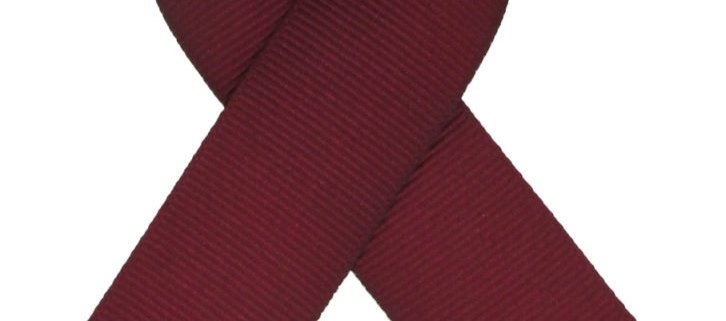 Dr. Laura Frangella, Your Manhattan Dentist
When floss isn’t around, some people resort to a range of peculiar items to remove what their toothbrush left behind.
A recent article in ADA News detailed the results of an Ipsos survey that asked 1,005 Americans what objects they use to get in those hard-to-reach places. The results may surprise you (or not)…
Dr. Laura Frangella, Your Manhattan Dentist
When floss isn’t around, some people resort to a range of peculiar items to remove what their toothbrush left behind.
A recent article in ADA News detailed the results of an Ipsos survey that asked 1,005 Americans what objects they use to get in those hard-to-reach places. The results may surprise you (or not)…
- Fingernails came in at the top of the list, with 61% of respondents saying they’ve removed plaque and food particles this way.
- Folder paper or cards finished second at 40%.
- Cutlery took third with 21%.
- Safety pins were next at 14%.
- Strands of hair rounded out the list with 7% of people saying they’ve put this in their mouth.
Also … 63% of these adults admitted they know they should be using dental cleaners, including floss, interdental brushes, and water flossing tools, instead of grabbing what’s nearby. And 42% have experienced
pain while using these items.
According to an ADA member survey, dentists report their patients have confessed to putting other sharp, dangerous, and unhygienic items in between their teeth. They include: screwdrivers, pocket knives, twigs, matchbooks, toenails, and loose electrical wires.
No matter what the circumstances, don’t ever put these non-dental items in your mouth! If you do, you could risk …
- damaging your gums and teeth
- choking on the item
- infection
- a big dental bill to repair any damage you’ve done!
… And those are just some of the top concerns that come to mind.
At Frangella Cosmetic and General Dentistry, your Manhattan dentist recommends you only use products that come with the ADA Seal of Acceptance. A complete list can be viewed on the ADA’s website. If you have any questions about the products you’re currently using to prevent tooth decay and gum disease, just ask during your next visit!
As your partner in your oral health, we don’t want your smile to become a casualty!]]>
 Dr. Laura Frangella, Your Manhattan Dentist
When floss isn’t around, some people resort to a range of peculiar items to remove what their toothbrush left behind.
A recent article in ADA News detailed the results of an Ipsos survey that asked 1,005 Americans what objects they use to get in those hard-to-reach places. The results may surprise you (or not)…
Dr. Laura Frangella, Your Manhattan Dentist
When floss isn’t around, some people resort to a range of peculiar items to remove what their toothbrush left behind.
A recent article in ADA News detailed the results of an Ipsos survey that asked 1,005 Americans what objects they use to get in those hard-to-reach places. The results may surprise you (or not)…



